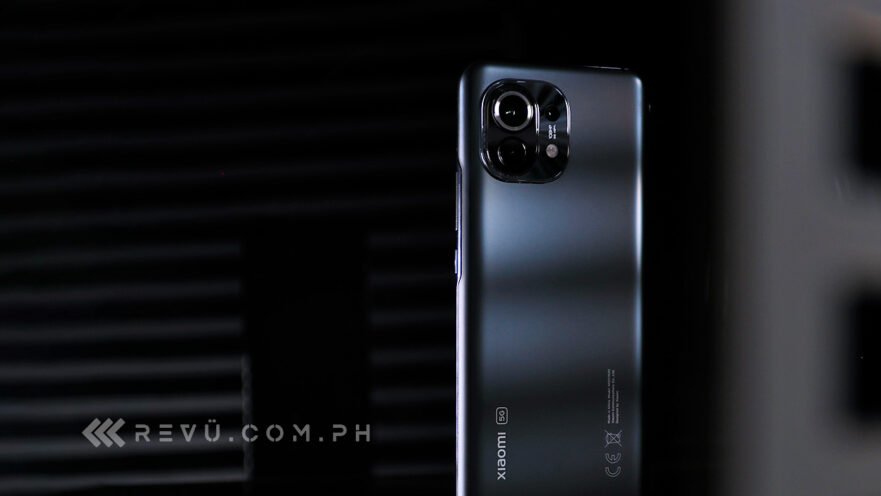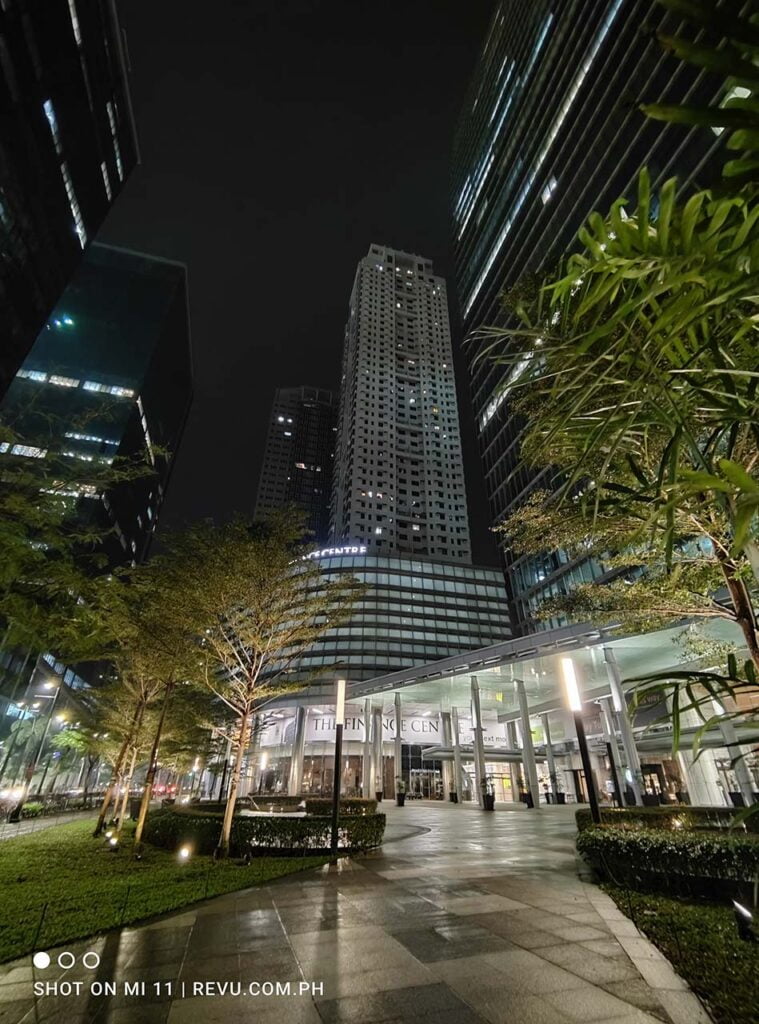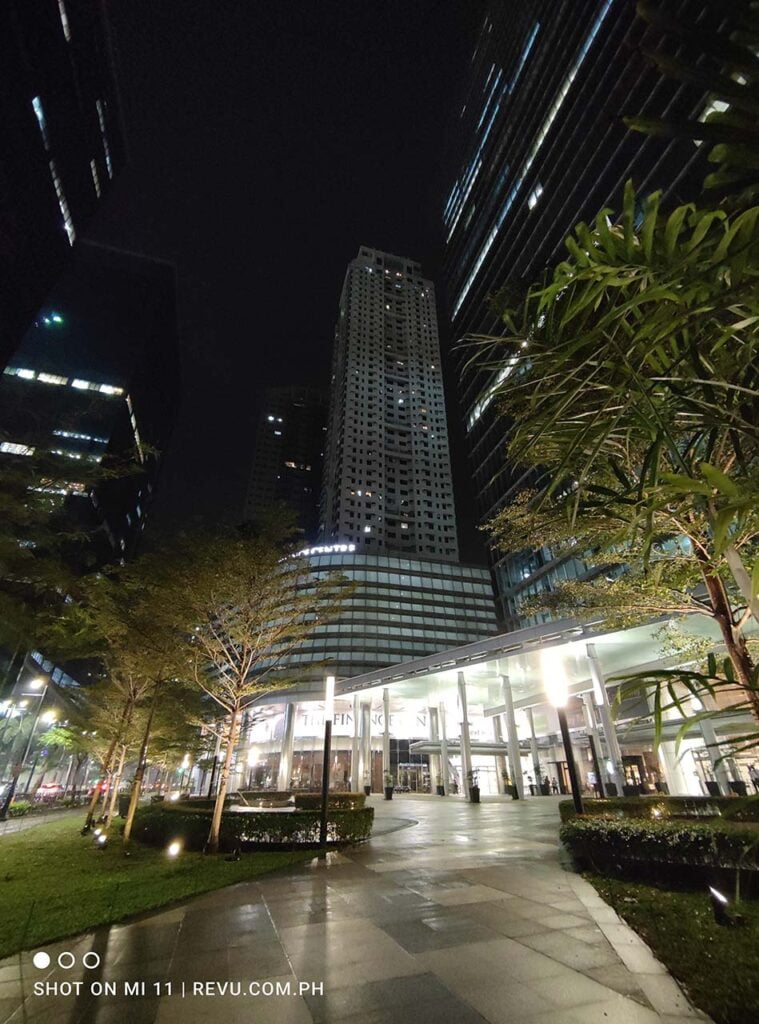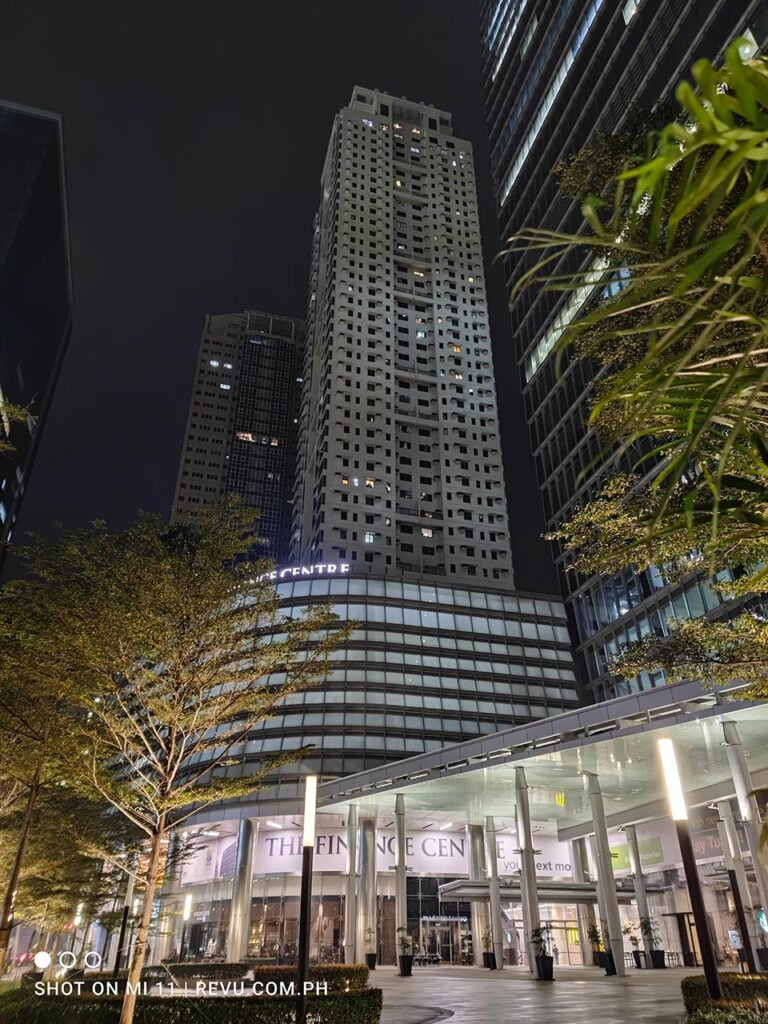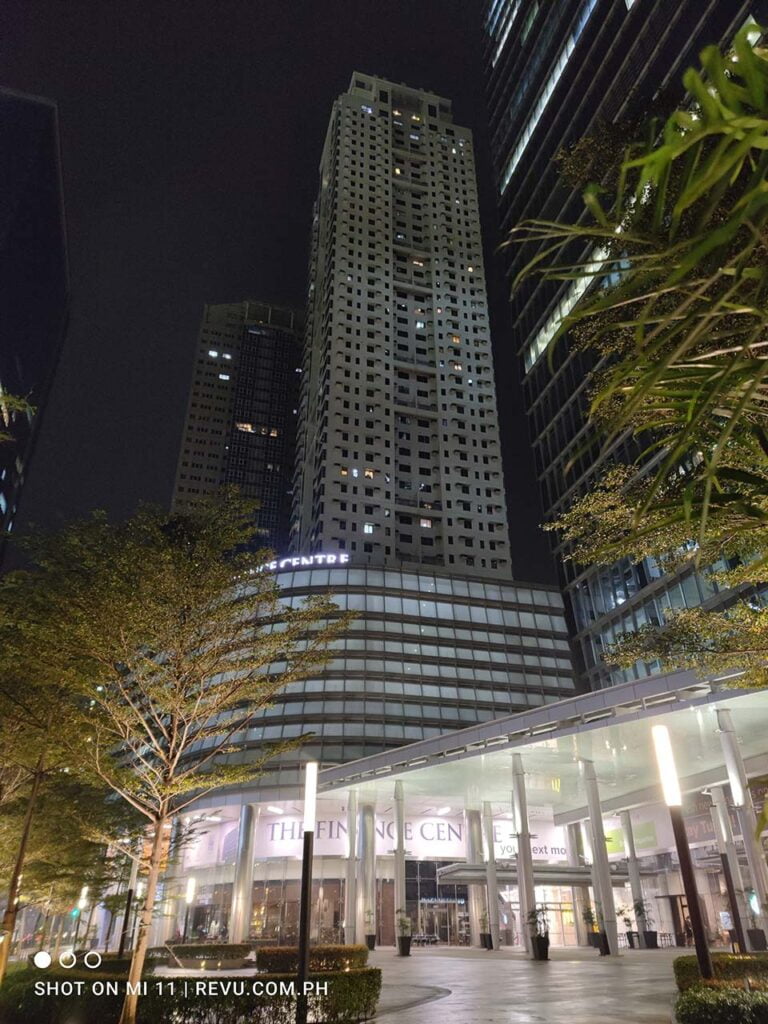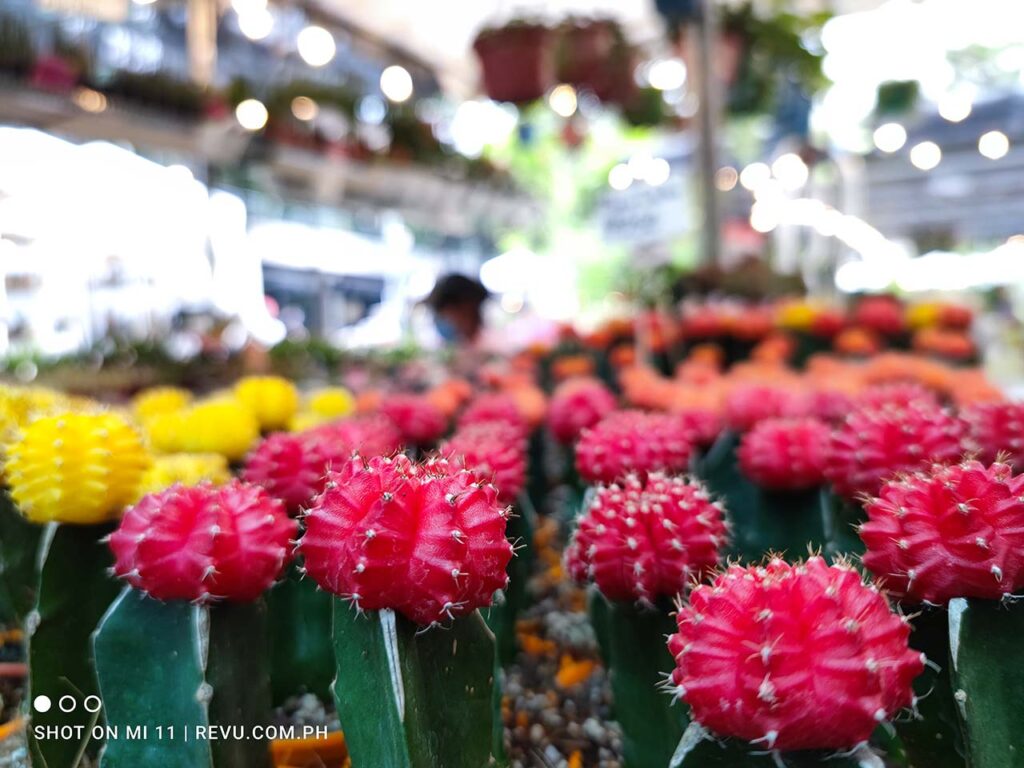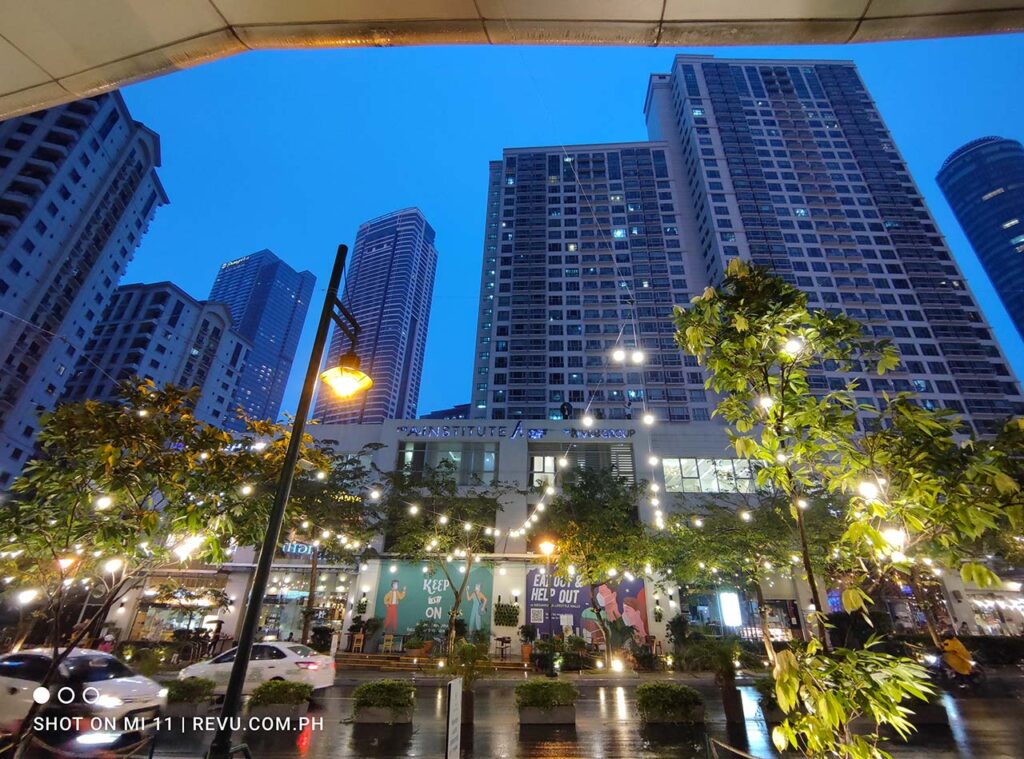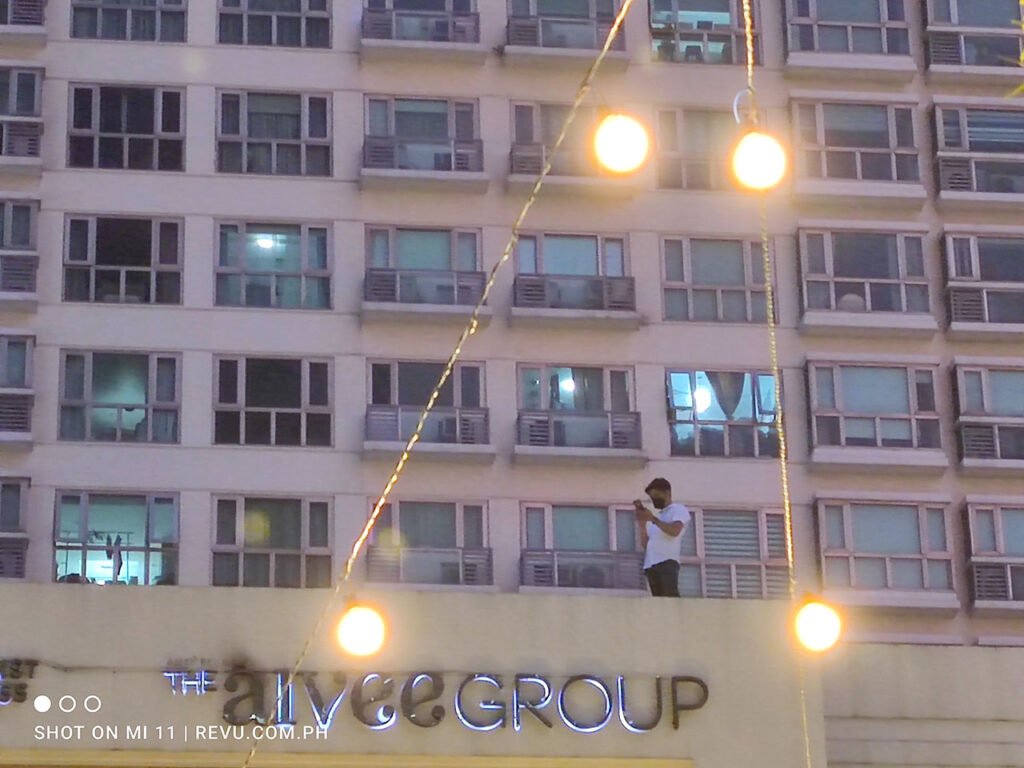Estimated reading time: 8 minutes
Xiaomi today announced the global version of its Mi 11 flagship in the Philippines and other markets. One of the highlights this year is the phone’s camera capabilities, with Xiaomi using the #MovieMagic hashtag to promote its AI-powered cinema modes.
We’ve been using the Xiaomi Mi 11 for almost a week now, and we’ve taken it for a spin outside, too, for a taste of what it can do in ideal scenarios. It really does make a good impression, talking about the Mi 11. We already know that it’s one of the most powerful smartphones on the market — and the reigning king of Android benchmarks — thanks to Qualcomm’s latest and greatest Snapdragon 888 chipset.
But its main camera boasting the same 108-megapixel Samsung ISOCELL Bright HMX sensor as the Mi 10 and Mi 10 Pro makes for great stills even in low light, whereas the video modes onboard are unique, compelling, and, best of all, easy to use. The default camera app of the Mi 11 is well-designed and straightforward, and you can rearrange the camera modes from the More tab and bring them to the viewfinder for easier shooting.
Video: the Xiaomi Mi 11’s hallmark features in less than a minute, from the global launch. For everything about the Philippine event, read Xiaomi Mi 11 official in PH. Price, specs, availability, freebies here
The other shooters here are pretty decent as well, with the triple-lens setup also sporting a 13-megapixel, f/2.4 ultra-wide camera and a 5-megapixel, f/2.4 macro camera. Up front, you have a 20-megapixel sensor that sits behind a wide, fixed-focus 27mm lens equivalent for selfies.
Now for some camera impressions. As one would guess, the Xiaomi Mi 11’s 108-megapixel sensor does the heavy lifting here. It produces excellent shots in daylight, with a binned resolution of 25 megapixels by default. Colors look warm and natural, while the dynamic range is impressively wide — we didn’t notice any clipping in both shadows and highlights. The background lights are not blown out in night scenes even when shooting in Photo or automatic mode.
You can, of course, shoot in 108MP mode, if you want to get the full resolution of the primary sensor. However, we really don’t see a point in doing this since pictures don’t usually come out sharper and more detailed compared to those shot in auto mode.
Night mode is available on the main and ultra-wide cameras, but we recommend you stick with the standard focal length for more detail and sharpness. The benefit may not be always clear in the results, especially with how capable the Photo mode already is when it comes to night shots, but the dynamic range in highlights and overall noise reduction is generally improved, and light sources look better exposed.
The dedicated Super Macro option is definitely more than usable, but you need a bright outdoor environment to see consistently good results. We don’t recommend shooting indoors without the aid of ample artificial lighting.
We found Portrait mode, which is accessible to both front and rear cameras, to be good, but Xiaomi’s edge-detection algorithms need a bit of refinement, as these pictures taken outdoors show.
Sample picture captured in Portrait mode
But while the background blur can be inconsistent at times, shooting portraits with the Mi 11 brings another benefit: Cinematic effects. These visual effects are exclusive to Portrait mode and can be added before or after clicking the shutter button. You also get the ability to shift the point of focus (in portraits shot on the main camera) and adjust the degree of blur around the subject.
The ultra-wide camera on the back of the Xiaomi Mi 11 offers a 123-degree field of view, but it’s not as capable as the 108-megapixel shooter, with daylight images coming out rather soft and lacking in fine detail. Dynamic range seems to be on the average side, judging by the clipped highlights in many of our pictures.
Ultra-wide (with Gold Vibes filter) and 30x zoom
The Mi 11 doesn’t have a dedicated telephoto camera, so all the zoom modes in the viewfinder use the main camera to capture images. While that’s fine for 2x and 5x zoom, the overall image quality takes a hit if you zoom past the 5x level. The Mi 11 can capture 30x zoom photos if you don’t mind the blurry or noisy results. Another thing to note is that the native camera app doesn’t have picture in picture at higher zoom levels, so it’s hard to shoot a moving subject, such as a plane in the sky, at 30x.
For selfies, the Mi 11’s 20-megapixel camera produces reasonably sharp, well-exposed pictures in daylight, although when you zoom in, you’ll notice that the details are sometimes smudgy, and there tends to be an unnecessary amount of noise in well-lit scenes at times.
As for the Xiaomi Mi 11’s cinema modes, you’ll find two samples (first and third clips) in our Instagram post below. As you would imagine, they can make for some interesting videos on social media. You can also record up to six minutes in 8K mode with HDR at up to 30 frames per second. We’ll have more for you on Xiaomi’s latest flagship in our full review.
Just a few video effects available on the Mi 11. This — plus other features of the smartphone, such as Harman Kardon speakers and a 6.81-inch screen with a 120Hz refresh rate — should make #MovieMagic moments possible, yes?
Xiaomi Mi 11 specs
- 6.81-inch OLED with punch-hole display, 3,200 x 1,440 resolution, 120Hz refresh rate, 480Hz touch-sampling rate, HDR10+, Corning Gorilla Glass Victus
- 5nm octa-core Qualcomm Snapdragon 888 processor
- 8GB/12GB LPDDR5 RAM
- 128GB/256GB UFS 3.1 storage
- Triple 108-megapixel, f/1.85 (main), 13-megapixel, f/2.4 (ultra wide), 5-megapixel (macro) rear cameras
- 20-megapixel front camera
- Fingerprint reader (under-display)
- 4,600mAh battery with 55-watt wired fast charging, 50-watt wireless fast charging
- MIUI 12 based on Android 11
- Colors: Cloud White, Horizon Blue, and Midnight Grey
Share this Post


